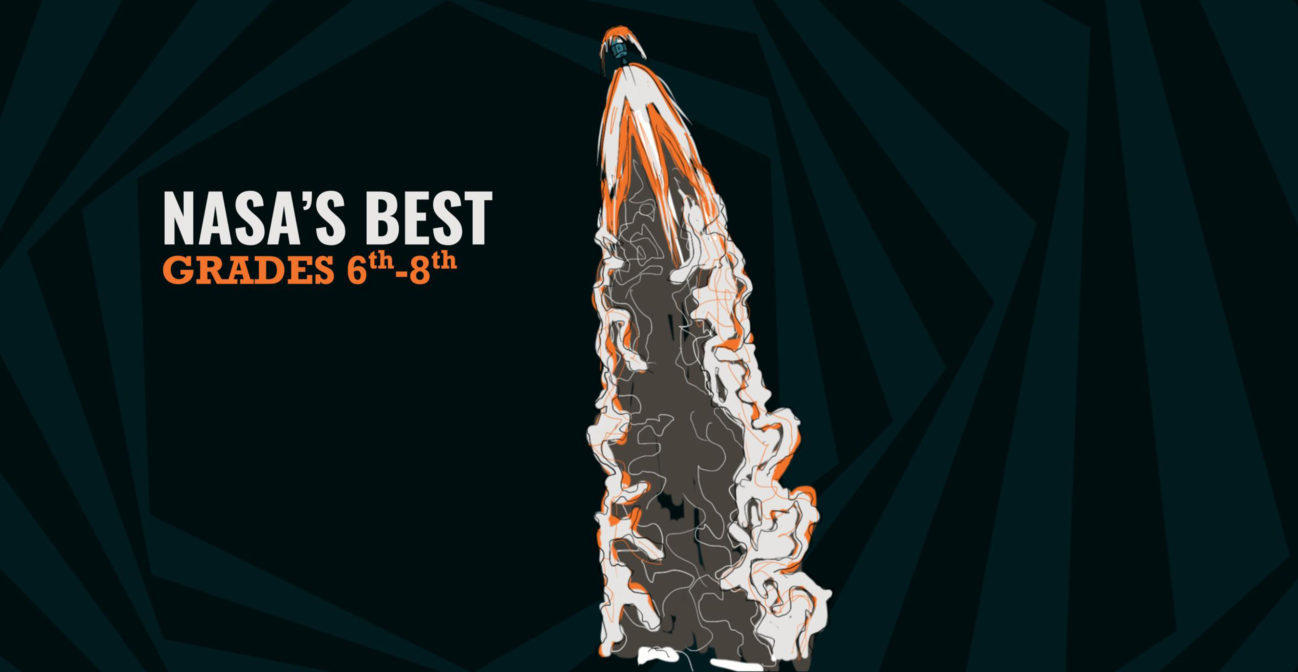Join us for conversations that inspire, recognize, and encourage innovation and best practices in the education profession.
Available on Apple Podcasts, Spotify, Google Podcasts, and more.

Middle school learners will be guided through a series of challenges that follow the engineering design cycle. Join NASA on an adeventure through solving an engineering challenge to create a reusable launcher to send humans to the moon.
OBJECTIVE
To demonstrate an understanding of the Engineering Design Process while utilizing each stage to successfully complete a team challenge.
To design and test a Reusable Launcher for the Crew Exploration Vehicle (CEV). The CEV should travel 5 meters when launched.
PROCESS SKILLS
Measuring, calculating, designing, evaluating
MATERIALS
STUDENT PAGES
ASK, IMAGINE, & PLAN
Share the Design Challenge with the students.
Engage the students with the following questions:
The Moon is a very harsh environment. There is no atmosphere to protect astronauts and their equipment from solar radiation and the extreme temperature swings between night and day. Next session, we will begin to find ways to protect astronauts from those extreme temperature changes.